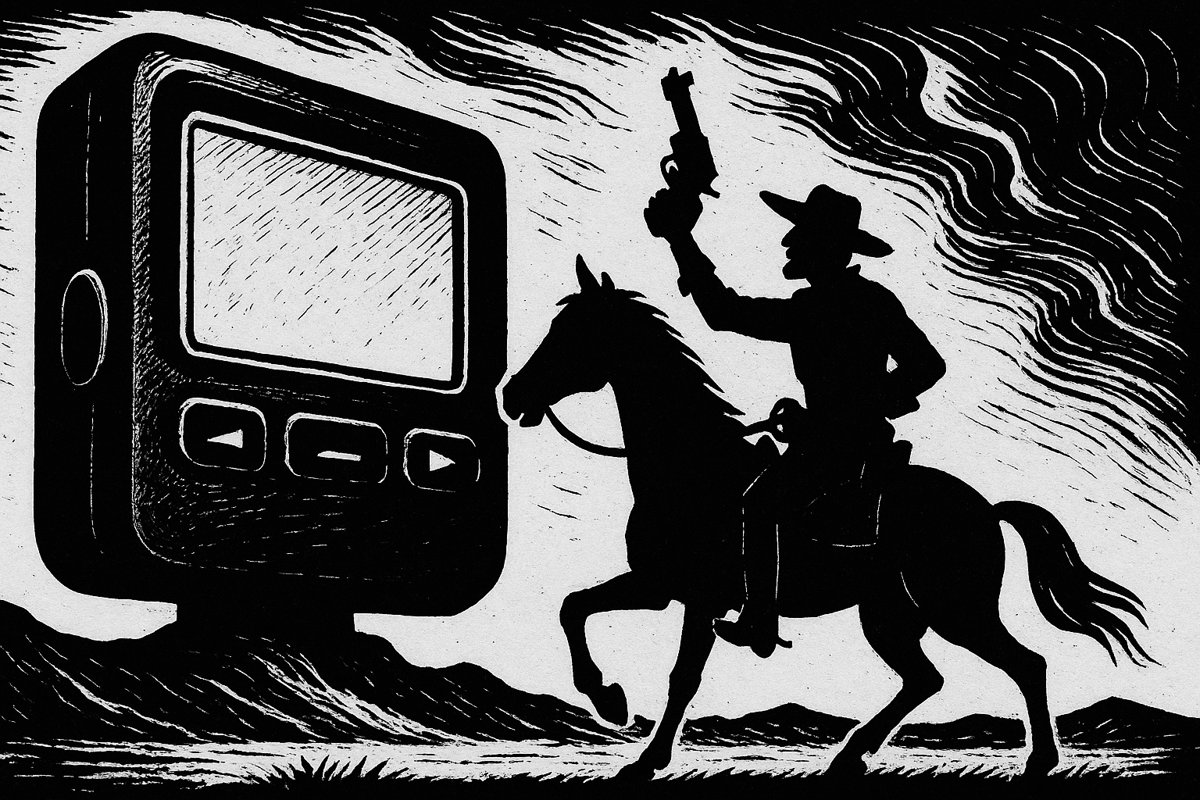Probably every engineer will have worked with that one person who thrives in the chaos. A system breaks, customers are blocked, and before anyone else has even read the incident report, they’re already deploying a fix. These are the cowboy coders... engineers who take extreme ownership, moving fast, often skipping process in the name of saving the day.
In a small team or early startup, this energy is invaluable. Cowboy coders are often the glue: they keep the system alive through sheer force of will, plugging gaps in process, and infrastructure. Their willingness to work late, improvise, and patch directly in production can be the difference between survival and collapse. But for every pro to this type of team member, there lies a precipice, waiting to swallow them.
As a team grows, the very traits that once helped the cowboys hold things together, start to pull them apart. The operational impacts show up first:
- Loss of context – Fixes that aren’t explained or documented mean no one else knows what changed, or why. What looked like agility becomes invisible technical debt that could blow up weeks or months from now.
- Silent changes – Direct tweaks on servers, unreviewed hotfixes, quick commits without communication... problems get solved, but the team’s shared understanding erodes.
- Burnout – Many cowboy coders thrive in the rush, but it’s rarely sustainable. They often feel overworked, underpaid, and unrecognized, which only accelerates attrition as their sense of purpose and value erodes under the weight of the team's evolution over time.
Naturally, teams respond by adding structure: incident processes, on-call rotations, escalation paths. In theory, this spreads the load. In practice, it can backfire. If not handled carefully, the same chaos that one cowboy once absorbed now gets distributed across the team. As incidents pile up, ownership fragments, and the quality of response suffers. Instead of stability, what ends up happening is simply scaling the pain across more people. The industry trend of shifting operational responsibility left onto product engineers (while reducing dedicated SRE roles) has only amplified this tension. Teams are asked to absorb more operational work without the pre-existing structures or culture to support it. Cowboy coders pick up the slack until they burn out, and everyone else feels the strain of half-baked process.
So what do you do with these people as the team matures? The answer isn’t to suppress them (as is often the reactionary response to instability caused by their rushing to fix something), but instead to channel them:
- Some need the focus and discipline of a strong senior developer above them; someone who can structure their energy, turn their fixes into documented playbooks, and ensure knowledge spreads throughout the team.
- Others have the potential to step into leadership. Their sense of ownership can become more... motivating a team, driving accountability, and containing the blast radius of their more enthusiastic traits.
Handled well, cowboy coders can help keep systems alive in the early days; and they can evolve into the leaders and mentors who help teams scale without losing momentum. Handled poorly, they burn out... or worse, leave a trail of silent changes, brittle systems, and discontent in their wake. Cowboy coders don't have to be a liability, they can be a catalyst; but without intentional structure, that spark can just as easily ignite the wrong fire.
